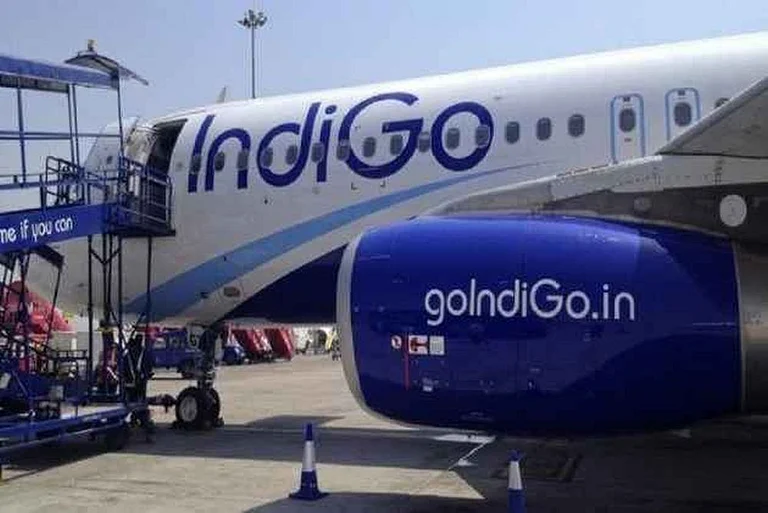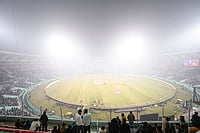You must have noticed the food tastes different when you are flying high above the clouds. Ever wondered why your meal tastes different up high? Food & Wine says that the environment in an airplane cabin plays a significant role in altering your senses of taste and smell.
The air inside the cabin is extremely dry, with a humidity level around 12%. This dryness leads to dehydration, affecting the moisture in our nasal and bronchial passages and significantly diminishes our taste and smell senses during a flight.
The higher air pressure and the constant noise level of over 80 decibels in the cabin further impair these senses. When a plane reaches cruising altitude, the air inside the cabin is a mix of filtered air and air from the atmosphere, contributing to its dry nature.
These conditions weaken our ability to taste salty and sweet flavors at higher altitudes. Airlines compensate for this by adding approximately 20% more salt and sugar to their meals than usual, ensuring passengers can still enjoy their food.
Charles Spence, an experimental psychologist from Oxford University, has extensively studied the impact of different environments on taste. He noted that wearing noise-canceling headphones could enhance the taste of food and drink during a flight.
A 2011 study by Germany's Fraunhofer Institute, commissioned by Lufthansa, involved participants eating in a simulated airplane cabin. The study found that bitter, sour, and spicy flavors were less affected by the in-flight conditions. Interestingly, tomato juice, a popular in-flight drink, retained its flavor well.
Research suggests that umami flavors, common in Japanese cuisine like soy sauce and miso, remain consistent at high altitudes. This stability is likely due to the higher sodium content in umami dishes.
Spence recommends opting for foods rich in umami, says, “Anything with umami taste, so Parmesan cheese, mushrooms, tomato, etc., and, of course, to drink a bloody mary given the double dose of umami both from tomatoes and from the Worcestershire sauce,”
Ultimately, while flying can alter our senses, choosing the right foods and drinks can enhance the in-flight dining experience.




























